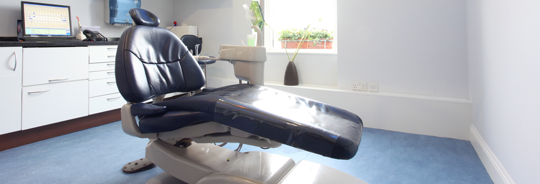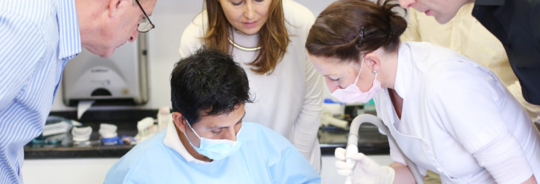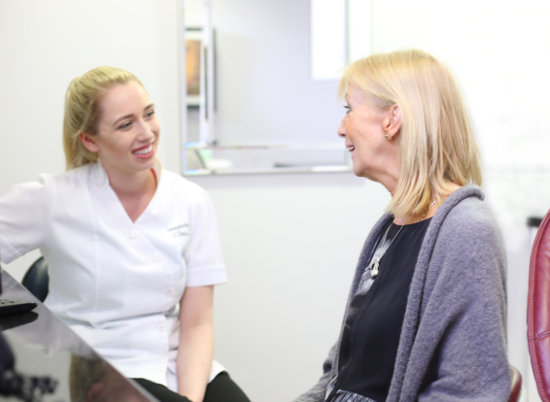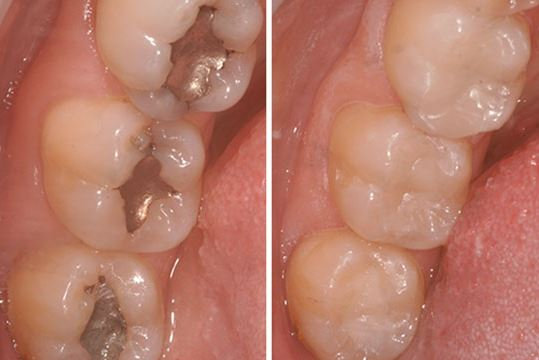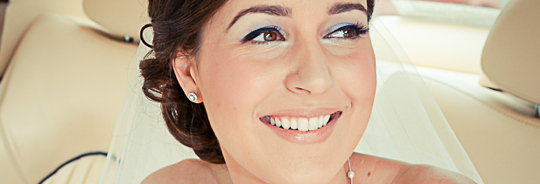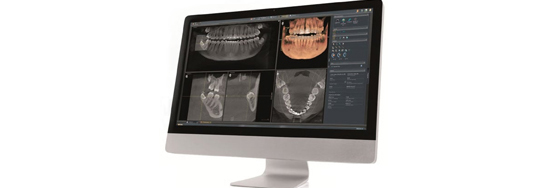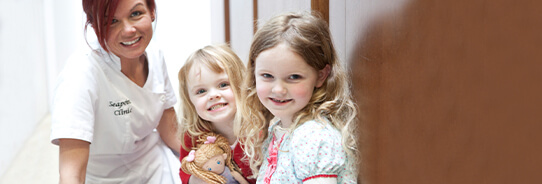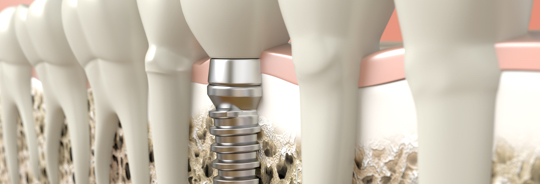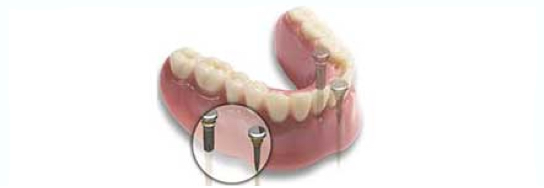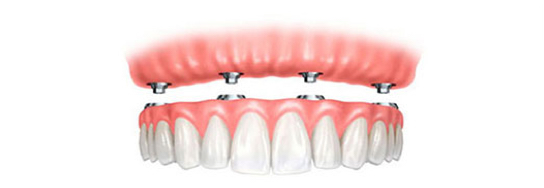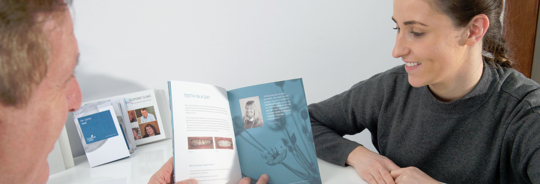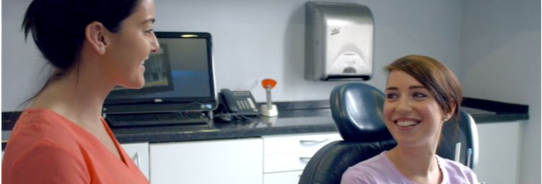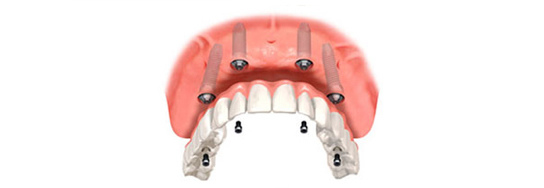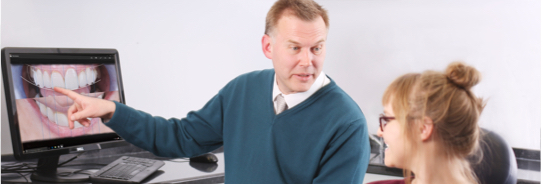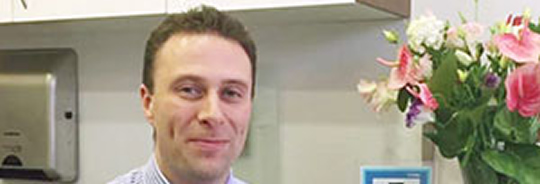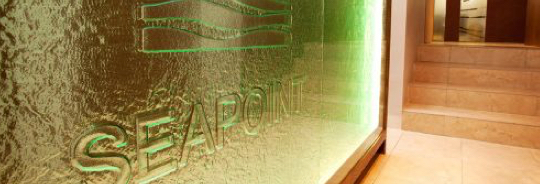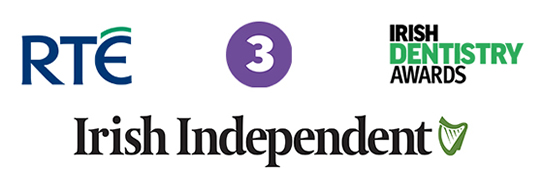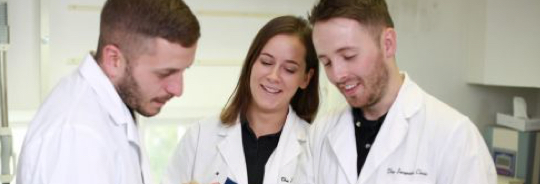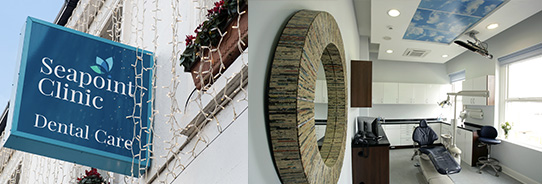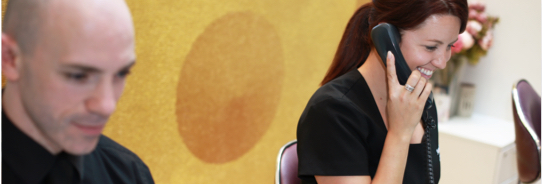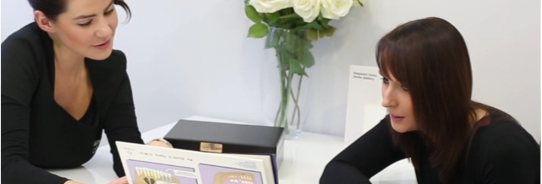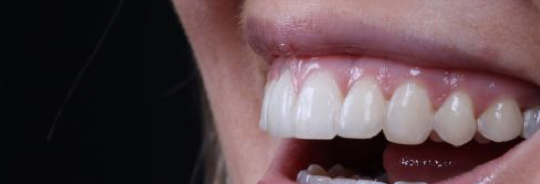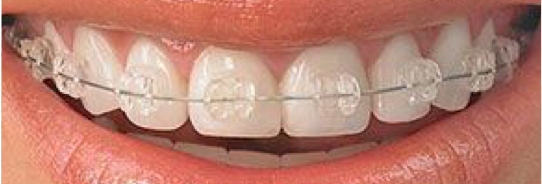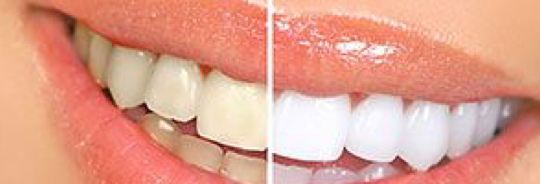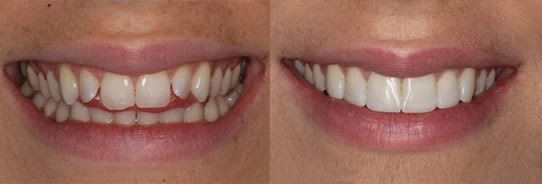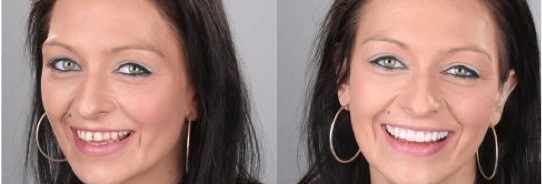
Blog
We post all the latest information here regularly so it's always up to date for you. If there is a topic you would like to have us cover please ask.
28 August 2012
At-home Oral Care Advice

Older adults may have special concerns about dentures, and those with arthritis may have trouble simply holding a toothbrush.
Dental Care - Brushing, Flossing and a healthy diet
Brush after eating
Get into a routine of brushing in the morning and at night, and floss once a day.
Use a toothbrush with soft, rounded-end bristles and a head that is small enough to reach all parts of your teeth and mouth. Replace your toothbrush every 3 to 4 months.
You may also use an electric toothbrush that a medical seal of approval. Studies show that powered toothbrushes with a rotating and oscillating (back-and-forth) action are more effective than other toothbrushes, including other powered toothbrushes.They are also excellent for those who suffer from gum recession as it forces you to brush more gently and more effectively.
Use a flouride toothpaste
Some fluoride toothpastes also offer tartarcontrol, which may help slow the formation of tartar on the teeth.
Place your toothbrush at a 45-degree angle where the teeth meet the gums. Press firmly, and gently rock the brush back and forth using small circular movements. Do not scrub. Vigorous brushing can make the gums pull away from the teeth and can scratch your tooth enamel, causing gum recession.
Brush all surfaces of the teeth, both tongue and cheek-side. Pay special attention to your front teeth and all of the surfaces of the back teeth.
Brush chewing surfaces more vigorously with short back-and-forth strokes.
Brush your tongue from back to front. Some people put some toothpaste or mouthwash on their toothbrush when they do this. Brushing your tongue helps remove plaque, which can cause bad breath and help bacteria grow. Some toothbrushes now have a specific brush-side to use for your tongue.
Use disclosing tablets every few months in between dental hygiene visits to see whether any plaque remains on the teeth. They are chewable and will colour pink any plaque left on the teeth after you brush. You can buy them in your local pharmacy.
Floss daily
Floss at least once daily. The type of floss you use is not important. Choose the type and flavour that you like best.
Cut off a piece of floss 50 cm long. Wrap one end around your left middle finger and the other end around your right middle finger, until your hands are about 8 cm apart.
Gently work the floss between the teeth toward the gums. Loop the floss around each tooth into a U-shape, and gently slide it up/down under the gum line. Move the floss firmly up and down several times to scrape off the plaque. Popping the floss in and out between the teeth without scraping will not remove much plaque and can hurt your gums.
If your gums bleed when you floss, the bleeding should stop as your gums become healthier and tighter next to your teeth.
If you need pointers on how to properly care for your teeth, just ask your dentist.
Eat a mouth-healthy diet
Eat a healthy, balanced diet that includes lots of whole grains, vegetables, and fruits and is low in saturated fat and sodium. Good nutrition is vital to maintaining healthy gums and avoiding tooth decay. Cheese, peanuts, yogurt, milk, and sugar-free chewing gum are good for your teeth. They help clear your mouth of harmful sugars and protect against plaque. These make great after-meal snacks.
Avoid foods that contain a lot of sugar, especially sticky, sweet foods like toffee and raisins. The longer sugar stays in direct contact with your teeth, the more damage it will do.
Try not to snack before bedtime, because food left on the teeth is much more likely to cause cavities at night. Saliva production decreases while you sleep, so saliva does not clean the mouth well during sleeping hours.
It is also recommended to stop smoking. Smoking is a direct cause of mouth cancer or gum disease and can also delay healing after you have a tooth pulled or other oral surgery. Smoking also causes bad breath and stains your teeth and tongue.


